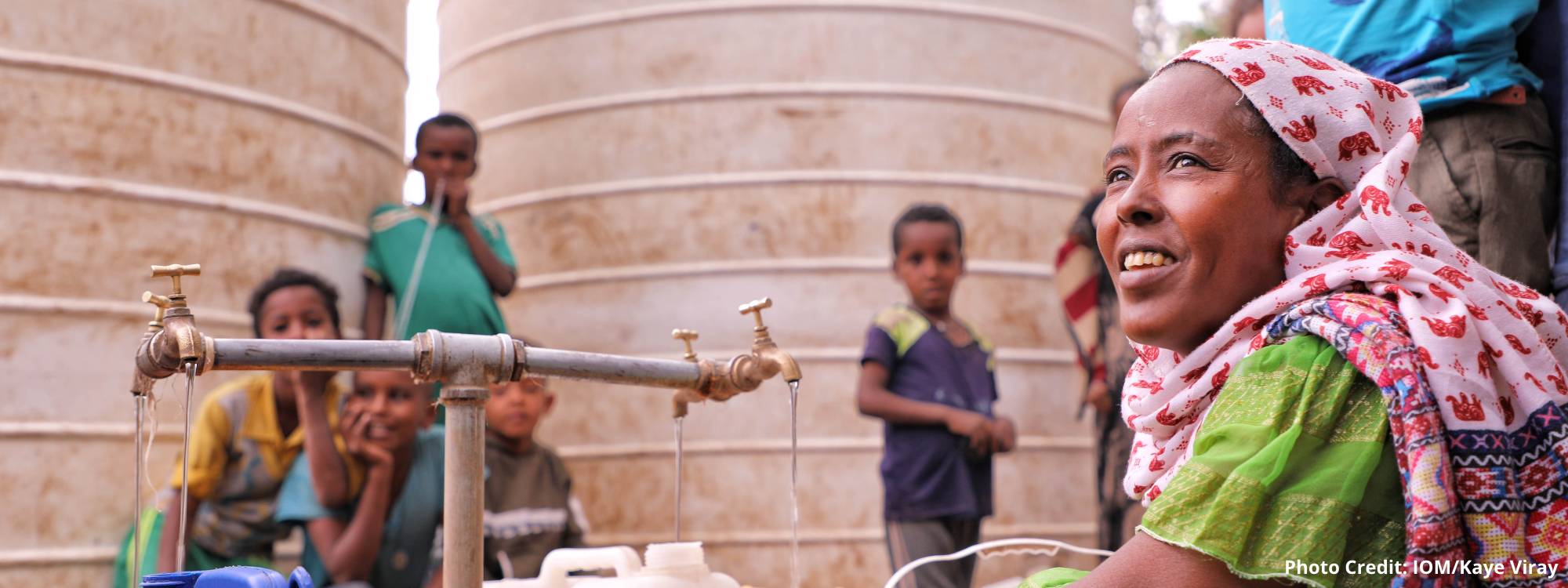
Blog
The Forgotten Crises: Five things you need to know about Tigray
Although it is showing up in the news more lately, by and large, few people know about the devastating humanitarian situation unfolding in the Tigray region of Ethiopia right now. The UN has recently declared a famine, and over 4.5 million people are in desperate need of humanitarian assistance as conflict, food scarcity, and COVID-19 have created a severe crisis.
Here are five things you should know about this forgotten crisis:
1. Tigray was already under strain
Tigray is one of 10 regions in Ethiopia, and is located in the most north-western corner of the country, bordering Eritrea. It is the homeland of the Tigrayan, Irob and Kunama peoples who make up about 6% of Ethiopia’s population.
Tigray was already home to 100,000 internally displaced people and 96,000 refugees from neighboring Eritrea before this latest conflict, with high levels of food insecurity.
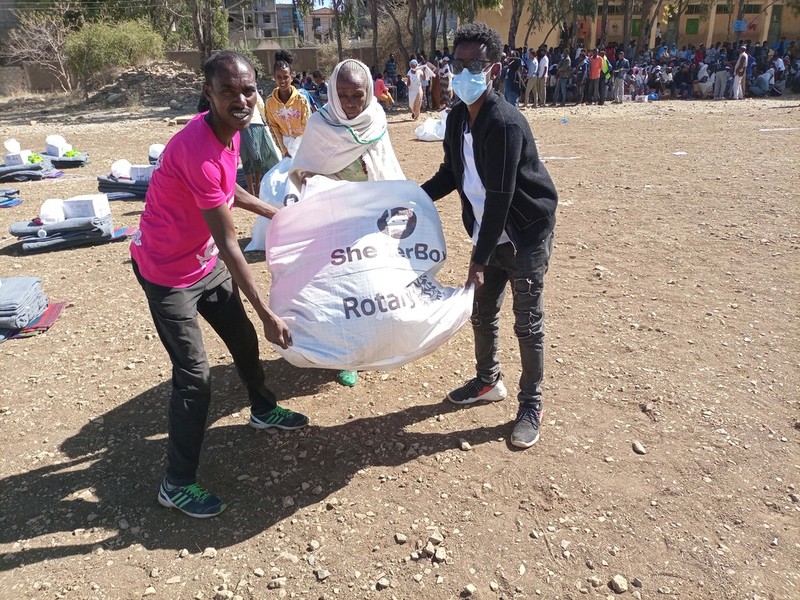
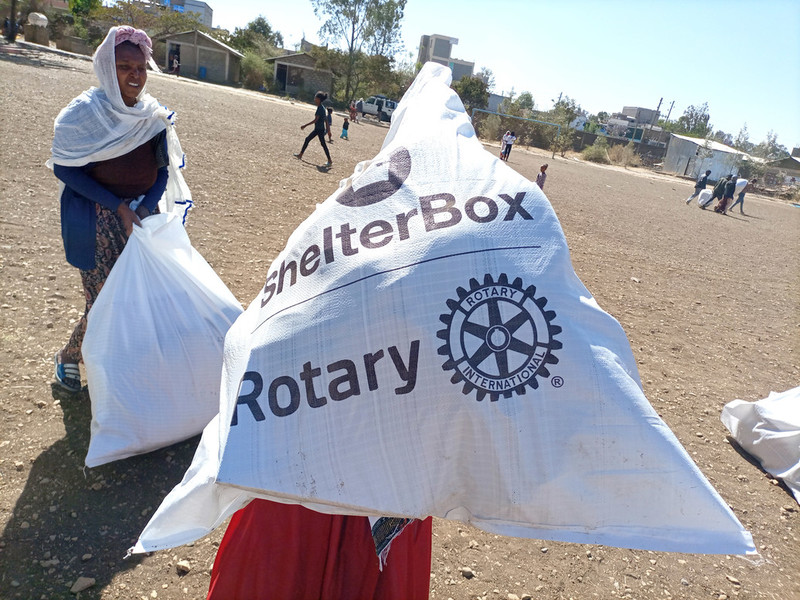
The current conflict, which was sparked in November 2020, is between The Tigray People’s Liberation Front (TPLF) and the Ethiopian government. The TPLF played a major role in a coalition of ethnic parties (the Ethiopian People’s Revolutionary Democratic Front – EPDRF) which led Ethiopia’s government for more than three decades.
Ethiopian Prime Minister, Abiy Ahmed came to power in 2018 as the leader of the EPDRF, but then disbanded the party in favor of forming a new one without a history of ethnic divisiveness. The TPLF refused to go along with the move.
Abiy planned to hold the first ever truly democratic elections last summer, but postponed them due to concerns over COVID. The TPLF disputed this move saying it led to an unconstitutional extension of Abiy’s term, and held its own regional elections which the federal government then declared invalid.
All of this led up to a violent clash between the TPLF and the Ethiopian Government forces in November 2020. The Ethiopian government quickly declared victory in the conflict after taking the Tigray regional capital city of Mekelle. However, violence has continued.
Most recently, on June 28th, the Tigray Defence Force (TDF) of which the TPFL are a major component, recaptured Mekelle which has caused a new wave of heavy fighting.
Since then the Ethiopian government has backed up a call for a ceasefire by the interim Tigray administration.
3. Millions of people are starving
Last year, swarms of locusts ravaged crops leading to food insecurity in the region. This year, although the locusts are gone, conflict has prevented farmers from being able to plant their crops. Already 353,000 have reached the “catastrophe” food emergency level, and 2 million more in “crisis”. If another harvest is missed, millions more will be dependent on food aid to prevent starvation.
The first to succumb to starvation are often young children. The UN is reporting that more than 30,000 children are at risk of imminent death. It is already too late to prevent famine, but swift action calling for a cease-fire, and widespread humanitarian access can prevent further deaths.
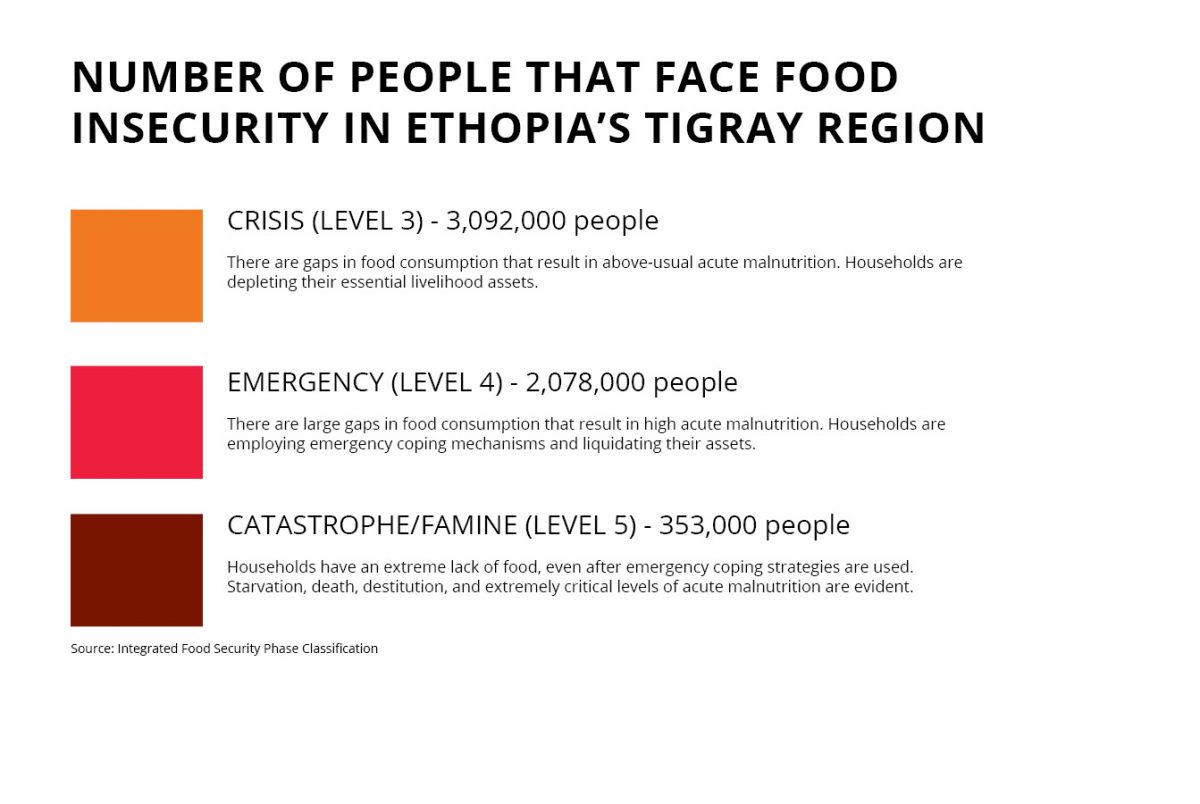
4. More than 500,000 people have been displaced from their homes, without safe shelter
Safe shelter is a vital human right. Unfortunately, for those who have had to flee their homes, safe shelter is severely lacking.
Many are living in schools or staying in host communities. The living conditions are crowded, unsanitary, and many of the buildings lack doors and windows. Others are forced to sleep outside, sheltering under trees which puts them at risk of pneumonia and malaria as the rainy season approaches.
As schools are being filled with displaced communities, children have not been able to go to school. While there is a push to get children back in the classroom to resume a sense of normality, there is not enough safe land to accommodate everyone who has been displaced and cannot yet return home.
5. The potential for COVID-19 to spread rapidly is terrifying
Ethiopia has a very fragile heath care system to begin with. There are a low number of qualified health care workers and getting care outside of urban areas can be a challenge. A major outbreak of COVID-19 could quickly overwhelm the country.
The conditions in Tigray could cause COVID-19 to spread like wildfire, with so many displaced people living in crowded shared living spaces. With so many people facing food shortages and lack of safe shelter, measures to protect against COVID-19 such as social distancing and handwashing are unlikely to be a priority.
While aid organizations are working hard to control the spread of the virus, some measures such as limiting large gatherings at aid distributions, means it takes more time to get aid to each family.
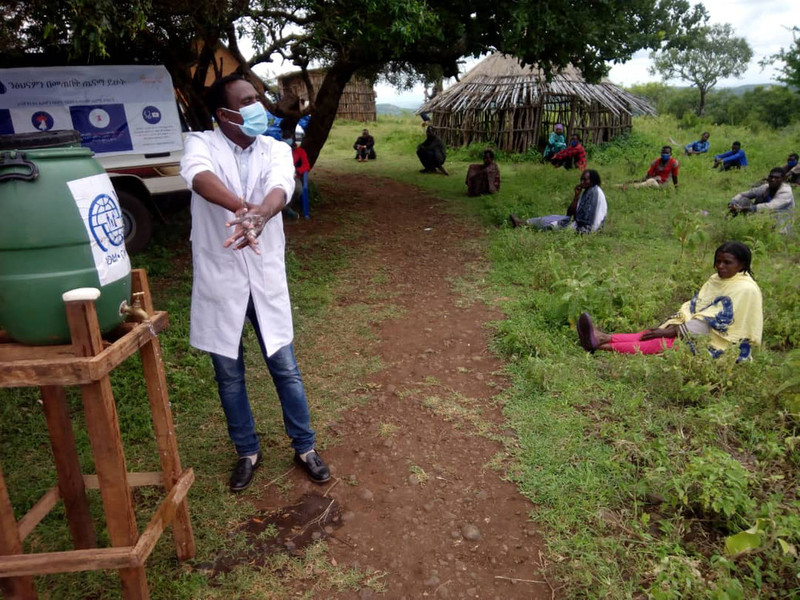
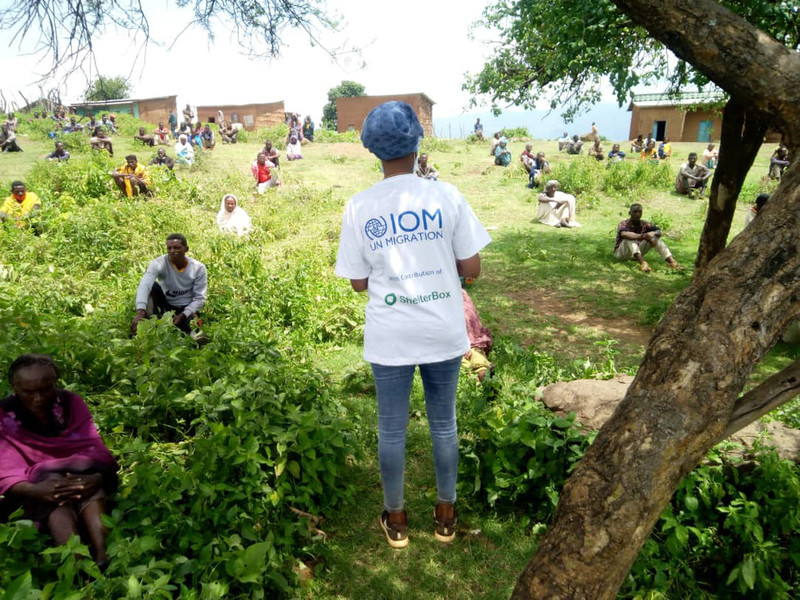
ShelterBox is working hard to deliver emergency shelter and vital supplies to affected families in Tigray. We are doing everything we can to ensure our lifesaving aid will get to those who need it most. Shelter is crucial to keep families safe from the elements, and protect them against COVID-19. Cooking sets and other aid items allow families to safely cook food they receive from relief efforts. So far, ShelterBox has supported 18,000 people in Tigray.
This is arguably the world’s gravest humanitarian crisis. Swift action is needed to prevent further catastrophe for the innocent civilians caught in the cross-fire of this complex situation.
Click here to learn more about ShelterBox’s response in Ethiopia

